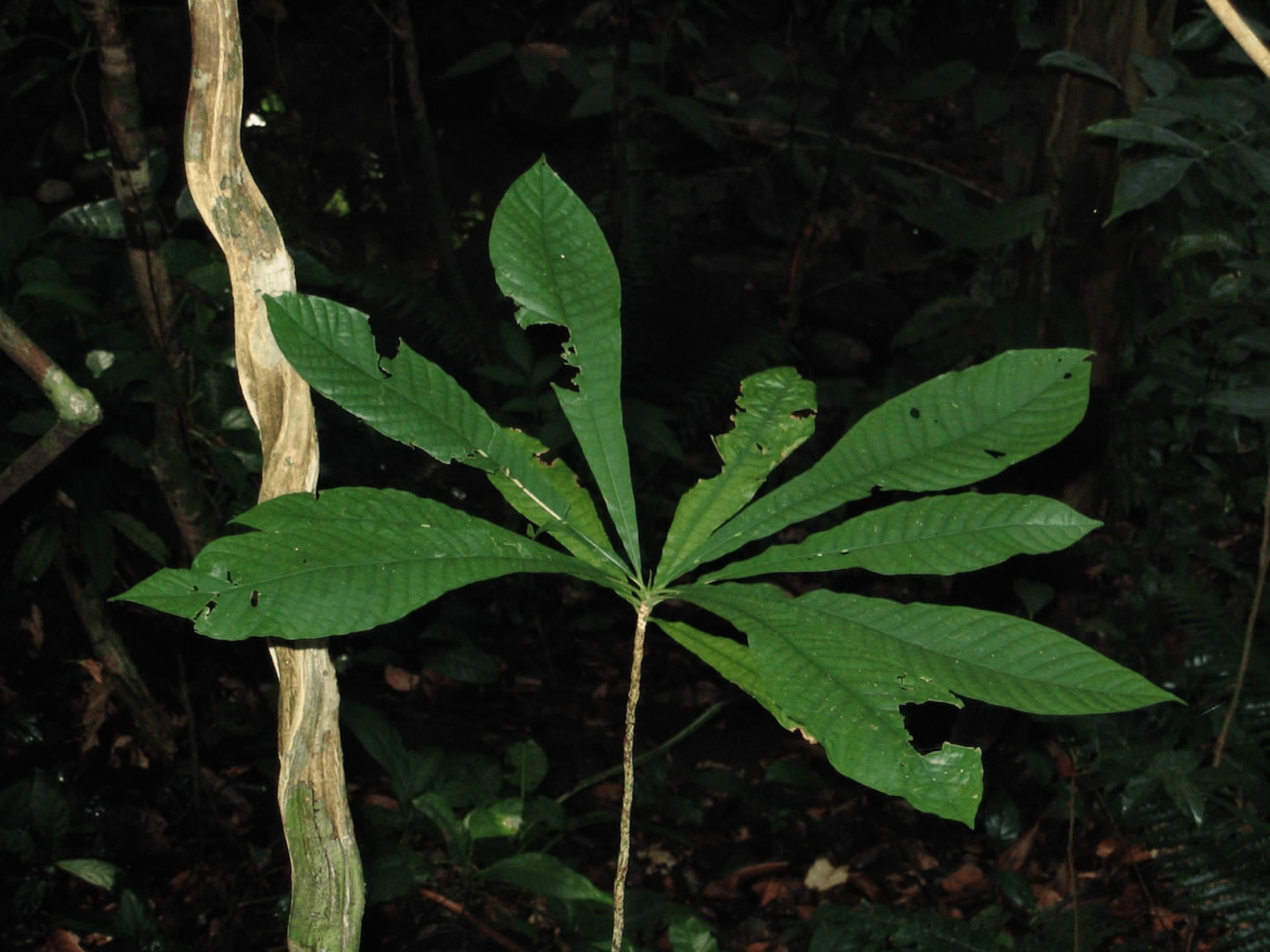
Tech & Sci
11:06, 02-Sep-2017
Researchers unveil secret of leaf size in world's first study

An international team of scientists headed by Australians have finally solved the puzzle on Friday and explained why leaves come in different sizes.
The worldwide team, led by Professor Ian Wright from Macquarie University in Australia, utilized "big data" sets for thousands of species around the world, and from every continent with vegetation, to discover the secret to why plants have different sized leaves.
The study found that it was cold, and not heat that was the determining factor for the size of leaves, as larger leaves have thicker "boundary layers" of still air, that slows their ability to absorb heat from their environment – with that heat compensating for the energy lost to the night sky.

The study was published in the journal Science. /Science Photo
The study was published in the journal Science. /Science Photo

Conifers, which grow in very cold climates, grow thin needles less vulnerable to frost. /Macquarie University Photo
Conifers, which grow in very cold climates, grow thin needles less vulnerable to frost. /Macquarie University Photo
Using the modeling, the scientists were able to conclude that the changes between daytime and nighttime leaf-to-air temperatures were the key metric that applies when assessing the size of leaves in the environment.
"This is pointed out first of all maybe a century ago but not until now have we had a comprehensive explanation for what's going on with the world's leaves in relation to site climate," Wright said.

Rainforest plants under the tree canopy can grow huge, complex leaves. /Macquarie University Photo
Rainforest plants under the tree canopy can grow huge, complex leaves. /Macquarie University Photo
Wright told reporters on Friday that the study used a method called "first principles modeling" of the energy balance of leaves, and was the result of a worldwide collaboration between scientists in a variety of different disciplines.
"International collaboration is at the heart of this style of research. At every level. So the data sets that we put together come from all around the world contributed by many collaborators and including our own field work, and in the team, we had ecologists, physiologists and theoreticians, and paleobotanists – so a whole range of different people," Wright said.
"The modeling team, for example, was lead by one colleague from the UK, and two colleagues from China, and they really drove that part of the work forward."

Understanding the mechanisms behind leaf size means leaf fossils – like these examples from the Eocene – can tell us more about climates in the past. /Macquarie University Photo
Understanding the mechanisms behind leaf size means leaf fossils – like these examples from the Eocene – can tell us more about climates in the past. /Macquarie University Photo
Leaf size which can vary 1 million fold in size – from as small as one square millimeter to one square meter – and scientists have long sought to discover the secret as to what causes the dramatic differences, with traditional thinking being that in wetter environments leaves are larger, while in hotter environments leaves would be smaller.
"This is true but it doesn't explain why we get so very large leaves in very warm and wet places, because on the face of it you expect smaller leaves in other places so it doesn't really explain what is happening in the tropics," Wright said.
Wright contends that knowing why leaves vary in size is crucial for a variety of different scientific endeavors, including one of the main focuses of researchers around the world – climate change.

The view from a canopy crane at the Daintree in Queensland /Macquarie University Photo
The view from a canopy crane at the Daintree in Queensland /Macquarie University Photo
"We have a type of model called vegetation models, where we predict the way that vegetation will change under climate change so we should be able to do a better job of modeling these changes and the individual species to the way that their ranges may change with climate change," Wright said.
"There's also the possibility of using this to analyze the past as well as the future. So there's a whole community of scientists who use fossils to try and understand the climate of the past."
"With a better understanding of the way the leaf size relates to the site climate we should be able to reconstruct climates in the past going back millions of years," Wright said.
8949km
Source(s): Xinhua News Agency

SITEMAP
Copyright © 2018 CGTN. Beijing ICP prepared NO.16065310-3
Copyright © 2018 CGTN. Beijing ICP prepared NO.16065310-3